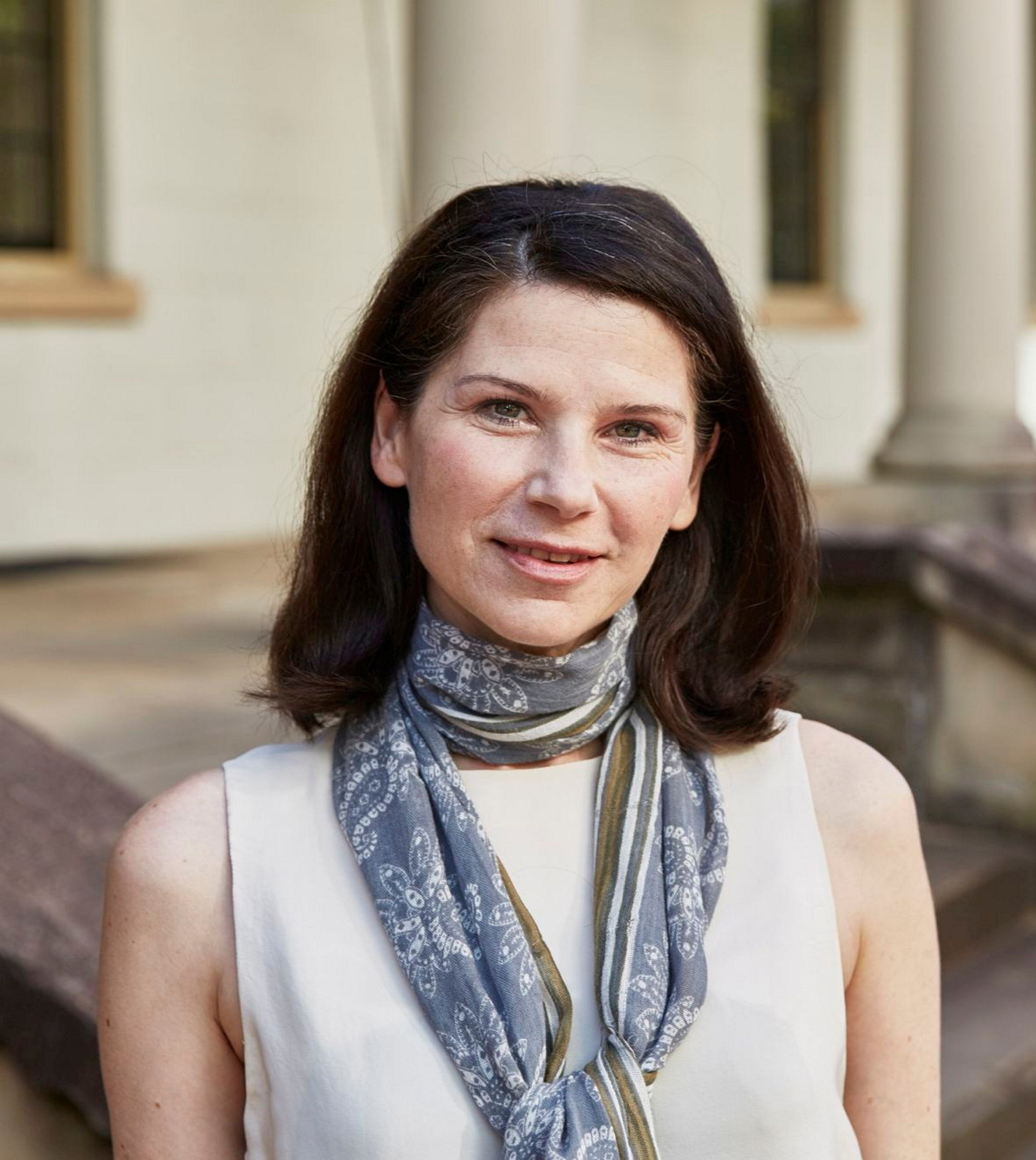Chip-carved table
This demountable occasional table was produced by English trained carpenter George Stevenson Liggins (1874-1907) shortly after his arrival in Melbourne, Australia around 1902.
In the manner of a ‘sampler’, the upper and lower table tops display medallions with individual geometric motifs of small and delicate, shallow-cut designs between sweeping curved lines. Having been passed down through the Liggins family, it is unclear if the table had been crafted for family use or trade purposes. It may have been a means to display workmanship and available design options to prospective clients.
Chip-carving comprises geometric patterns incised into timber surfaces in low relief, by means of chisels, gouges and parting tools. Originally a popular woodcarving technique in 17th century Northern Europe, late 19th and early 20th century examples are commonly represented by small decorative objects such as picture frames, panels in pieces of furniture and small boxes produced from softwood timbers such as pine and cedar.
The [Australian] Arts and Crafts Magazine (1895-1898) promoted the idea of a system of Australian arts education in Australia and the Brisbane Technical College (est. 1894) initiated courses in Chip-carving for working artisans. By 1900 these classes were taught by tradesmen, to provide for apprentice craftsmen, aiding in the integration of the Arts and Crafts Movement with Australian manufacturing industries.
Chip-carving became a fashionable hobby for the middle classes in Australia, particularly amongst women, during the Arts and Crafts Movement (1880s-1930s). As an addition to the many handcrafts used by women to decorate interiors, chip carving was suited to the home environment as it was inexpensive, required few tools and created little mess.
Published on
Related

Wallpaper
Wallpaper printing rollers: from machine printing to 3D capture
In December 2022, Phyllis Murphy AM generously donated to the Caroline Simpson Library more than 3,000 wallpaper samples. While the bulk of the donation consists of wallpaper rolls, lengths and sample books, it also includes two printing rollers

House photo albums
These specially produced photograph albums (some in published form and others consisting of photographs pasted into an album) comprise images of one or more domestic dwellings and depict exteriors, interiors and gardens in NSW mostly from the late 19th to the early 20th centuries

Richard Stringer’s architectural photographs, 1968–2003
This portfolio contains 55 photo prints taken by architectural photographer Richard Stringer, dating from 1968 to 2003, documenting significant Australian domestic buildings

Barry Wollaston: historic buildings in the county of Cumberland (NSW), 1954
This collection consists of 232 photo negatives by architect and photographer Barry Wollaston of buildings in the Sydney region considered by the Royal Australian Institute of Architects in the early 1950s to be of architectural and historical value
